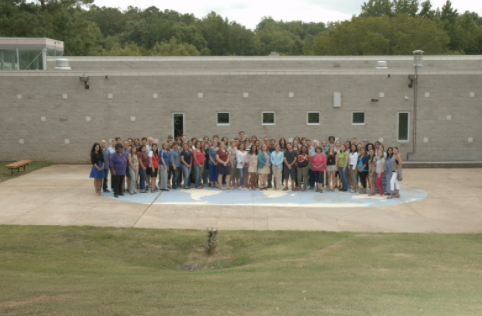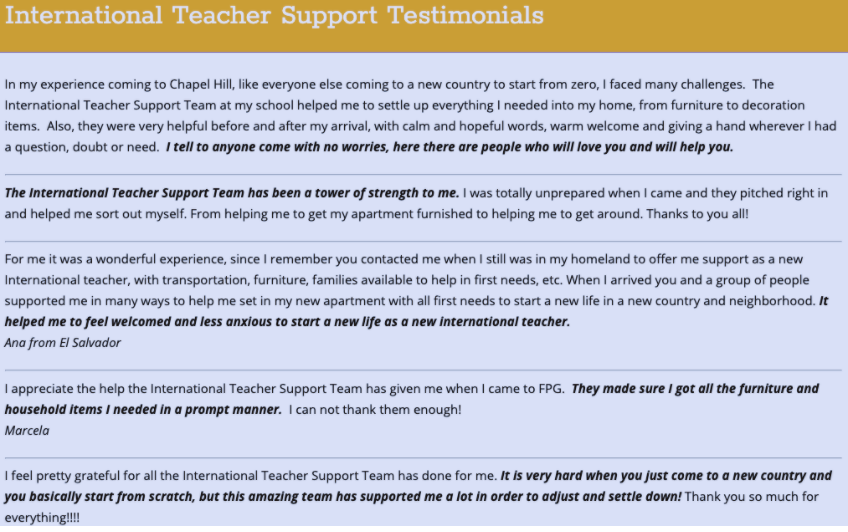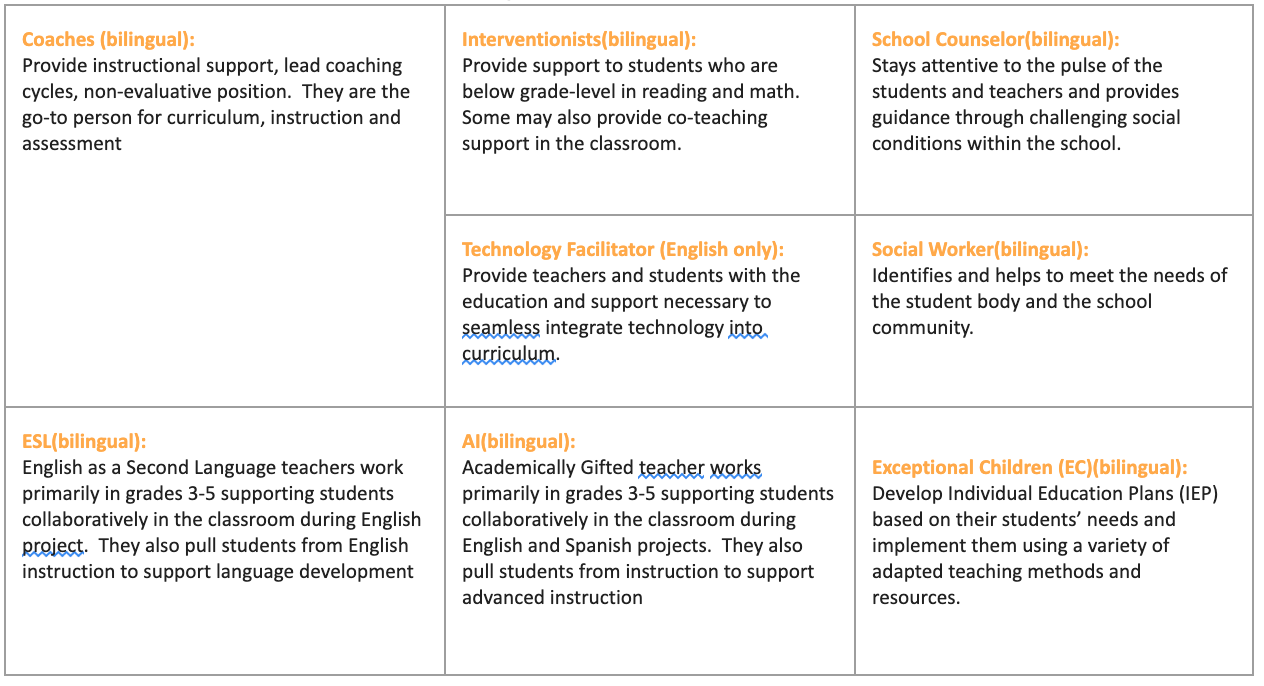I wish someone had told me hiring quality teachers was going to be really hard…
When I became a dual language principal fifteen years ago, I assumed hiring dual language teachers was going to be like hiring regular elementary teachers. I assumed we would participate in the district’s job fair, interview some teachers and make hires. I remembered my disappointment that quickly turned to frustration when there were NO candidates who had language proficiency that was needed to work in a dual language setting, not that I had the language skills to know. For those few bilingual candidates, I also remember the hours wasted interviewing an amazing teacher and not realizing that he/she was looking for a visa sponsorship. I didn’t even know what that really meant and no one from our Human Resource office shared any of those details until the final recommendation had been made. I kept wondering why our district would not sponsor a visa and what the legal implications were/are.
Over time, I learned that I needed a different hiring strategy. I first figured out a different timeline and process for general school district hiring for dual language. Our school district began advertising in January for potential openings in dual language. Applicants applied for these general positions over a few months. I allocated time to check every 1-2 weeks in January, February and March, and I emailed potential candidates to let them know the timeline and more about our program. By mid-March, the dual language schools collaborated to host a dual language specific job fair. During this job fair, we coordinated with our partner agencies of EPI and Participate to have one team interview international teachers (teachers that come on a visiting cultural exchange visa with EPI and Participate). Another team interviews candidates that have applied through the online posting. Some of those interviews are virtual and some are in person. For candidates wanting to teach on the Spanish side, specific questions are asked in Spanish. The finalist from that round are invited for round 2. During this process, candidates may be asked to submit a short video of their teaching, teach a lesson at the school, submit a learning arc plan or some other tasks we designate. The timeline varies with more time for a model lesson or video in the spring versus needing to hire in July-August with a more compressed timeline. We have also asked our Human Resources office to support our teacher assistants in the TA to Teach program and support student teaching placements within the school. The school has had a lot of success using this strategy with 1-3 teachers hired each year from TA to Teach. We have also explored recruitment and hiring from Puerto Rico and are still working to grow that approach. Teachers from Puerto Rico are US citizens and are able to get a North Carolina teaching license much in the same way an out of state candidate applies for a license. Our district has still said no to the sponsorship of visas but it is an area that we continue to request. Our request is very specific in that it does not violate the current agreements we have with EPI and Participate but it could allow former teachers who have returned to their home countries to return. We are learning the process is very long, expensive and an uphill battle. There are a few districts in North Carolina who have had some success with visa sponsorships on a limited basis but that has not been true for my district at this time.
FPG Bilingüe Faculty
Once teachers are hired, it is critical to provide support so retention rates are high. As soon as we hire a teacher, the coach and team leader email them and begin to orient, share daily schedules, curriculum units, etc. New teachers seem to feel better when they have an idea of what to expect day to day. We have also developed an online dual language 101 class that new teachers are encouraged to take. New teachers are also connected with the school PTA who have an International New Teacher Support (INTS) program. INTS helps teachers find an apartment close to the school that is reasonable in price, household items and furniture, assistance with paperwork and driving around the first few weeks (getting a license, social security card, finding a doctor, grocery shopping, a trip to Target or Walmart). The PTA team helps with moving into a new apartment that is furnished with donated items from parents and the community. A parent buddy is assigned to support the teacher throughout the year, inviting him/her for dinner, checking in, holidays, etc. INTS supports new teachers with the practical aspects of arriving to the United States with two suitcases and limited financial resources. Once school starts, new teachers are assigned a mentor (paid) or a buddy (unpaid). This person supports the new teacher in whatever ways are needed- navigating technology, google classroom and calendar, dual language parent expectations and what to expect. Just like all schools, teacher teams also help new teachers and have common planning and curriculum units of study so time spent planning is targeted and consistent across all team members.
International Teacher Support
PTA sponsored resources for new International teachers
Over time, we have expanded our staffing to include bilingual staff in supplemental areas as well as core. Our staffing plan is below with languages spoken by the staff. It is ongoing juggle and strategic thinking when hiring staff- could this assistant become a teacher, could this bus driver become the receptionist, could this teacher become a special education teacher, etc. As a dual language principal for fifteen years, this change has been gradual and taken years to achieve but it started with small, strategic steps.




